Brand differentiation is a tricky topic in professional services because the marketplace is extremely crowded, and many firms feel that they offer near-identical services to their peers. So how can they differentiate?
In the consumer world, as competing products and services have generally become much better and more similar, the focus of brand marketing has shifted from a focus on a ‘unique selling point’ to something more like a ‘unique selling personality.’
Brand differentiation is now about defining and projecting a differentiated brand narrative – a combination of features and attributes that are woven together into a single, coherent story. Instead of the differentiation being about ‘feature X’ the whole package is differentiated.
This is how professional services should think about brand differentiation as part of their business growth and marketing strategy.
Sticky stuff
I speak to the clients of premium professional service firms all the time, and recently it struck me that most clients really like and value the firms and people they work with. “Super smart people who do a great job for us” is a typical comment.
Whilst this is great for the individual firms, as it means their relationships are ‘sticky,’ what struck me was that only a small fraction of the market is up for grabs in any period as the vast majority is happily ‘stuck’ in excellent circumstances.
So, if Firm A wants to grow, they will have to beat Firms B-Z to the prize of some of the small fraction of the market that is in play this year. That’s why pitching for new work sometimes feels like feeding time at the zoo; everyone develops sharp elbows and puts on their best game-face. In this cauldron of intense competition, just turning up, being competent, isn’t enough; you need to be different and better to win.
But how can you project a differentiated brand if your product or service is just about identical to the competition?
The answer is to think about finding differentiation in your brand narrative, not in the features of your products and services. Branding has evolved this way, but still, in our heads, there’s a tendency to hark back to the days when some things were just ‘better’, and some were ‘worse’.
What’s so special about you?
When marketing and branding became part of our everyday landscape, life was more straightforward. Products and services were different, and those differences could often be identified and even measured.
Volkswagen built a brand on being more reliable when many cars weren’t, Volvo focused on safety when their vehicles were measurably ‘safer’ in crash tests, BMW focused on performance when BMWs were faster than their rivals.
Today, however, in many or most sectors, it’s almost impossible to build a brand on differentiated features (USPs) because everything is the same.
A critical feature of modern marketing and differentiated brand narratives is that it’s essential that the brand narrative taps into something that already exists in the minds of your target customers – an archetype you might say – which makes it possible to communicate what might otherwise be an incredibly complex set of ideas that make up your brand narrative.
The idea of Apple as the maverick, creative genius in a world of engineers, captured in the line “think different,” is an idea that existed before and beyond Apple. They leverage it, they own it in their field, but they didn’t invent the archetype, that already exists, often unconsciously in our heads.
In the world of professional services these days, all premium firms are amazingly good at what they do – it’s a qualifier for survival – smart people, deep experience, excellent track record. Those firms that can grow faster than the market go further, projecting a differentiated brand narrative that sits on top of their excellent services.
McKinsey, Goldman, Arup, and Kirkland are familiar examples, among many, of professional service firms that have developed differentiated brand narratives that are established in the market and give them a significant advantage over their otherwise near-identical competitors in the feeding frenzy of a competitive pitch.
The key to each is that they are authentic. From the first impressions at a distance through to the up-close ‘beauty parade’ and the Q&A afterwards, the partners of these firms can live up to the ideas in their brand narratives and effectively communicate them through stories and anecdotes in a compelling and ultimately convincing way.
Be yourself – only more so
How does a firm, that’s great at what it does but doesn’t have a clear sense of what its differentiated brand narrative is, develop an authentic brand narrative?
A great place to start is to consider what you do well already. It may not be in clear focus or well-articulated, but if it’s going to be authentic, then it must already exist in part. Talk to your rainmakers, your existing clients, and your prospects and contacts. Listen hard for elements that can contribute to your narrative but be careful how to interpret what you hear.
To define your brand, you need to combine your natural strengths with a sense of where the future lies – growth, change, innovation, margins – and develop a compelling brand narrative that is both authentic and ambitious.
Critical element
Brand differentiation is a vital part of a professional service firm’s business and growth strategy. Done well, it creates a set of positive expectations that give your teams a competitive advantage.
Rather than search in vain for highly differentiated features to focus the brand on – USPs – professional service firms should develop a differentiated brand narrative.
One that you can build into all aspects of the way the firm projects itself to the market, from the ‘at a distance’ communications put out, right through to the face-to-face, pitches, and proposals created to win new work and new clients in competitive situations.
